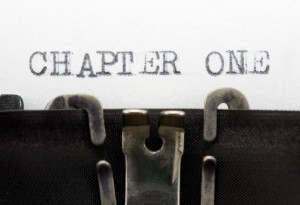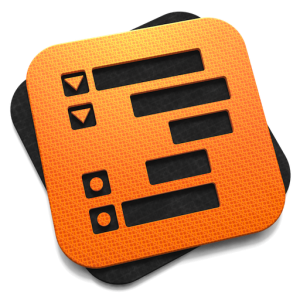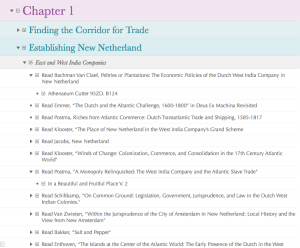[simpleazon-image align="right" asin="054424561X" locale="us" height="500" src="http://ecx.images-amazon.com/images/I/51Rcw6C-VlL.jpg" width="332"]On Tuesday June 10, 2014, I had the opportunity to hear Megan Marshall speak at an intimate gathering for writers. Marshall won the 2014 Pulitzer Prize for Biography for [simpleazon-link asin="054424561X" locale="us"]Margaret Fuller: A New American Life[/simpleazon-link]. Marshall discussed Fuller’s interesting life and read from her book. She also took time to answer questions. Marshall shared a number of insights and tips about writing.
In this 3 part series, you will discover how Megan Marshall approaches her narratives, handles the task of writing the biography of a person others have explored, and how she found her writing style.
In this post you will learn how Megan Marshall approaches her narratives.
Megan Marshall's Approach to Narratives
I posed the following question because I wanted Marshall to expound upon the remarks she sent to the “Writing American History Outside of the Academy” panel at the 2014 American Historical Association annual meeting. Marshall stated that she believes that historians’ reliance on argument limits their ability to write engaging histories.
How do you approach your narratives? If they don't have an argument, how do you find or express the point of your story?
Marshall began questioning historians’ reliance on arguments when her daughter came home from junior high school with a thesis project. The assignment required her daughter to write a 20-page research paper on any historical topic she wanted, but her paper had to have an argument.
The assignment made Marshall wonder whether her work in-progress, [simpleazon-link asin="0618711694" locale="us"]The Peabody Sisters: Three Women Who Ignited American Romanticism[/simpleazon-link], had an argument. Marshall believed that her daughter could make many arguments about Brook Farm or she could tell the story about the utopian community. Her daughter’s teacher believed that stories are not histories unless they have an argument. Marshall disagreed.
[simpleazon-image align="left" asin="0618711694" locale="us" height="450" src="http://ecx.images-amazon.com/images/I/51WF8YK6JYL.jpg" width="300"]Marshall believes that arguments hinder an historian’s ability to tell a story because they limit the historian’s ability to deviate from the point they need to make.
Marshall argued that people connect better with narrative histories filled with characters than they do with argument-driven histories.
For example, several people have approached Marshall after book talks and lectures to thank her for helping them understand Transcendentalism, an understanding they acquired through The Peabody Sisters. Marshall admitted that she cannot provide a good explanation of what the movement was, but that people have come to understand it through her book because her characters illustrate the movement at work.
Marshall offered that perhaps the problem with the historical field and why so many lay readers find academic histories inaccessible is because historians feel they have to make an argument rather then just tell a story. Marshall believes that all stories must have a point, but they do not need to have an argument.
Historians need to make the case for why they are writing about the history they have selected, but that reason does not have to be steeped in historiography or a theoretical framework. Historians could tell a story just because it is interesting and yields insight into what the past was like or how we came to be who we are today.
Conclusion
Marshall’s explanation of her views helped me to better understand and articulate why most readers will pick up a well-written, but poorly researched journalistic history book rather than a well-written, well-researched academic history book.
 Most readers want to learn about history through a story. Arguments restrict historians from delving into lives and details that create the stories readers want to read.
Most readers want to learn about history through a story. Arguments restrict historians from delving into lives and details that create the stories readers want to read.
What Do You Think?
Do you think arguments hinder historians' ability to tell good stories?















